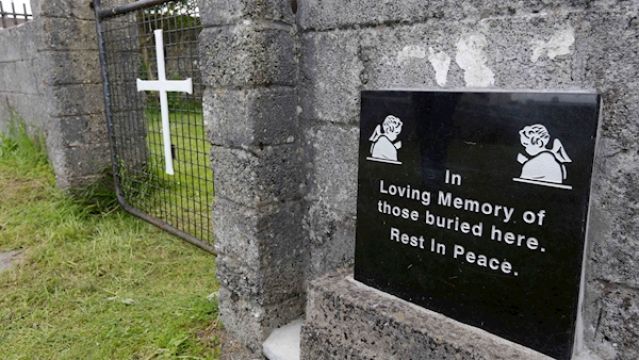It comes as part of a new digital exhibition of the Tuam Oral History Project launched today, which collects and archives the life stories of survivors of the Tuam institution.
Mr Murphy is a patron of the UNESCO Child and Family Research Centre at NUI Galway.
As we now know, almost 200,000 women and children went through Ireland’s Mother and Baby Homes and County Homes – their stories both in these institutions and afterwards deserve continued attention by academics, artists and the State.
At a virtual event today, the university invited survivors along with their families and members of the Tuam community to contribute their memories to the oral history archive.
Leading the project alongside Dr John Cunningham, Dr Sarah-Anne Buckley said: “While this project is looking at one institution in twentieth century Ireland, we believe it encapsulates the longer history of institutionalisation.
“As we now know, almost 200,000 women and children went through Ireland’s Mother and Baby Homes and County Homes – their stories both in these institutions and afterwards deserve continued attention by academics, artists and the State.”
Over the coming year, the project plans to involve survivors in artistic projects inspired by their stories, including a literary project led by poet and novelist Elaine Feeney.
Infant memorial
NUI Galway has also challenged a finding in an interim report of the Mother and Baby Home Commission, published in April of last year, that its medical school had received and paid for 35 infant remains from the Tuam Mother and Baby Home.
It said on Thursday it had “embarked on a project to try to identify these children and develop a memorial to them.
“Research led by Dr Buckley and Dr Lorraine Grimes has found that these infants who died in the Central Hospital Galway could not have come from the Tuam institution and, moreover, there were not in fact 35 infants, but nine.”
The university said the full report of its researchers would be published in September 2020.
It is seeking submissions from members of the public on a way to honour and memorialise the infants.
University president Professor Ciarán Ó hÓgartaigh said: “Like many other State organisations, NUI Galway, or UCG as it was then, was part of a society that did not sufficiently value the lives of some of its most vulnerable citizens...
“By memorialising these men, women and children, we wish to at last honour their legacy and acknowledge their sacrifices.”







